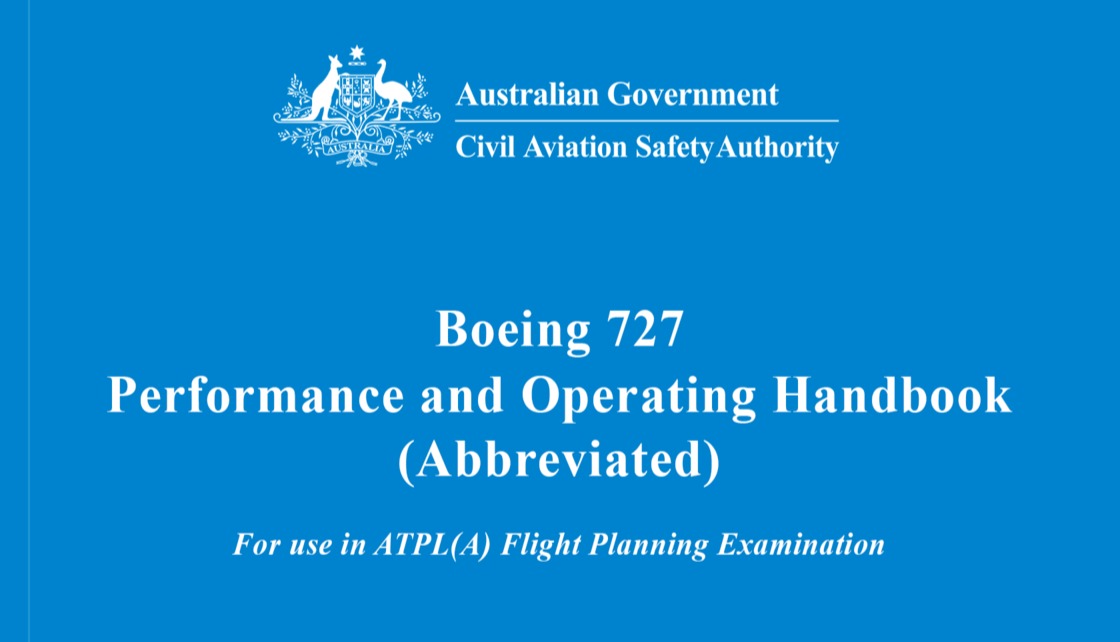ATPL Flight Planning Exam Technique
Preparing for the Flight Planning exam can feel daunting, but with the right approach, you can maximize efficiency and perform at your best. Here’s a guide to help you tackle this exam strategically, ensuring your hard work pays off.
Understanding the Exam Structure
The Flight Planning exam typically consists of 17 questions (occasionally 18), totaling 50 marks. Here’s how the marks are distributed:
- 3 questions worth 1 mark each
- 5 questions worth 2 marks each
- 4 questions worth 3 marks each
- 2 questions worth 4 marks each
- 3 questions worth 5 marks each
You’ll have 3 hours to complete the exam. Questions progressively increase in complexity and marks as you work through the exam.
Why Exam Strategy Matters
While it’s tempting to simply start at Question 1 and work your way to the end, this can lead to fatigue and costly mistakes by the time you reach the higher-value questions.
Some students consider starting at the last question and working backward. While this combats fatigue, it can increase anxiety—beginning the exam with a high-pressure 5-mark question might not be the best way to settle your nerves.
The biggest challenge? 4-mark questions. These often take 20–25 minutes to solve, making them less time-efficient than smaller, quicker questions. Why spend 25 minutes earning 4 marks when you could secure 4 marks in just 8 minutes by tackling one-mark questions?
Recommended Approach
To balance confidence, time efficiency, and accuracy, here’s a suggested strategy:
- Warm Up with 1-Mark Questions
Start with a few easy, 1-mark questions. This helps you ease into the exam, build momentum, and gain confidence. - Tackle the 5-Mark Questions
Next, jump to the end of the exam and work through the 5-mark questions. These high-value questions are worth 30% of the exam, so it’s important to tackle them while you’re fresh. - Work Through the Remaining Questions
Return to the start of the exam and work sequentially from Question 1 to the end. Save the time-intensive 4-mark questions for last.
Extra Tips for Success
- Avoid Pre-Reading Questions: Don’t waste time skimming through all the questions to “see what’s coming.” Focus on one question at a time to keep your mind clear and avoid unnecessary distractions.
- Take in update Your Maps: Waypoint names change frequently. Ensure you’ve reviewed and highlighted any updates before entering the exam room.
- Trust Your First Attempt: Resist the urge to redo questions at the end of the exam. Revisiting answers often leads to second-guessing, which can create confusion. Trust your initial calculations, especially when you were fresh and focused. (The only exception is if you realize you’ve made a clear procedural mistake, such as solving for OEI instead of depressurization.)
By approaching the Flight Planning exam strategically and following these tips, you can navigate the exam with confidence and efficiency. Good luck—you’ve got this!

